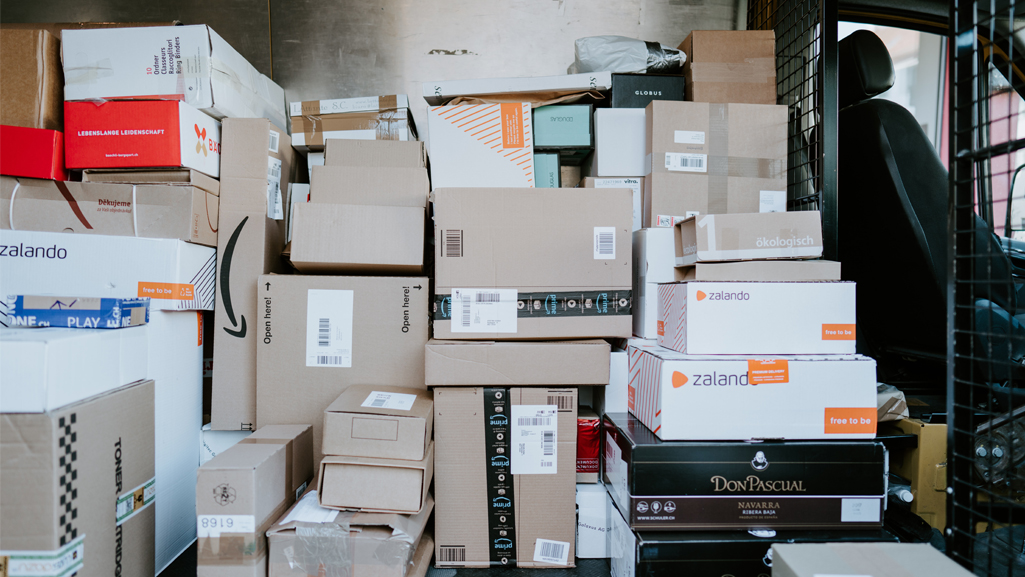The coronavirus crisis put logistics operators numerous challenges as they worked hard to ensure supplies and goods reach customers and stores. Many processes had to be restructured and rethought. Will they become the “new normal” in the post-pandemic world? Here are five things we already learned from the coronavirus crisis in terms of transport and logistics:
1. Transportation has a driving role
Pictures of empty shelves in supermarkets, vast truck queues at border crossings, supply bottlenecks for products from China – the last few weeks have made it clear what an essential and driving role transport and logistics play for our society. Politics, economics, and consumers have acknowledged the systemic importance of the sector and the people behind it for supply and disposal instead of only seeing the annoying, noisy delivery traffic. This might change the image also in the future and raise the appreciation for logistics experts, truck drivers and all other people who keep the supply chain going.
2. Logistics need innovation
The Covid-19 lockdown has shown how quickly the behavior and habits of the customers and thus the demands on logistics can change. Supply chains had to be completely reorganized within a very short time. Transport and logistics will have to be able to react agile and flexible to new situations and trends in the future. Simulations are a good tool to prepare for possible scenarios.
3. Supply chains must be resilient
Complex operations do not work well in an emergency. To create sustainable, resistant supply chains, logistical processes must be simplified and re-invented. The key aspects in the future of logistics are cooperation and collaboration. If storage, drivers, and vehicles are in short supply, what could be more obvious than sharing them? Networking and collaboration will benefit all parties involved, for example if stocks need to be coordinated, freight operations optimized, and processes bundled.
4. Digitization is key
In the wake of the COVID-19 pandemic, many processes had to go digital quickly – also in the logistics sector. In times of social distancing, for example, it is particularly clear how outdated manual or even paper-based information transfer is. Digitization provides the basis to ensure that supply chains are reliably working even under difficult conditions. And this is true for routine real-time data and efficient deployment of vehicles and drivers, or for short-term changes of the working conditions (such as during emergencies).
5. From gadgets to real game-changers
The COVID-19 crisis is not only driving digitization in logistics, but other new technologies could now be used more quickly. Delivery robots, for example, have experienced a real boom in recent weeks. In Milton Keynes, England, autonomous vehicles are used to hand out purchases; in the Chinese city of Wuhan they are transporting medical supplies. In Ghana, drones are delivering COVID-19 tests and samples to testing facilities. There is a lot of potential for innovation in logistics, not only on the last mile – some of it might now come faster than expected.
